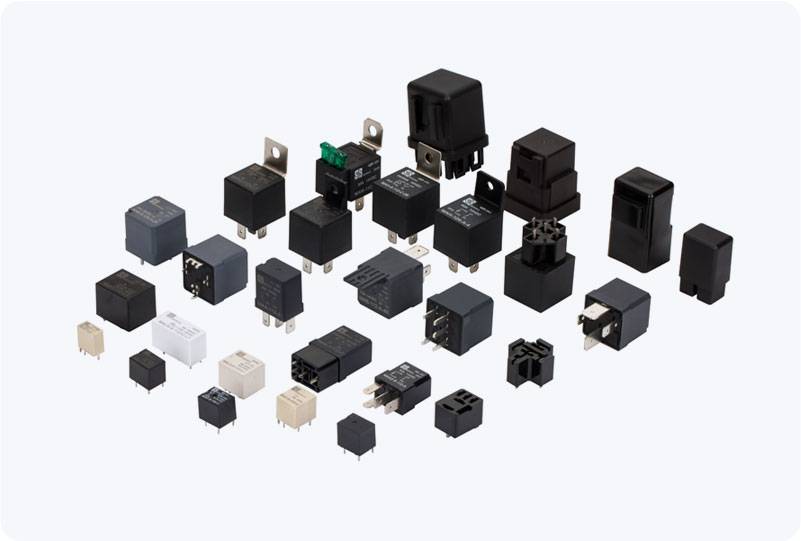Thermal Management Relay (TMR) plays a critical role in modern electrical systems, ensuring that electrical devices operate safely by monitoring and controlling temperature. As devices become more advanced and compact, the need for effective thermal management grows. The Thermal Management Relay provides a vital solution by preventing overheating, which can lead to damage, inefficiency, and safety hazards in electronic equipment. This article delves into the importance of TMR, its working principles, applications, and benefits.

What is a Thermal Management Relay? A Thermal Management Relay is an electrical relay designed to protect devices and circuits from excessive temperature conditions. It functions as a safeguard by detecting abnormal temperature increases and cutting off the power supply when necessary. This ensures that electrical devices do not overheat, thereby extending their lifespan and maintaining their efficiency. The relay works by monitoring temperature via embedded sensors, often thermal sensors or resistors. When the temperature exceeds a predefined threshold, the TMR triggers the disconnection of power, preventing further heat buildup. This mechanism allows devices to cool down before they can be restarted. In some systems, the relay might also allow for a gradual reduction in power to reduce thermal strain over time.